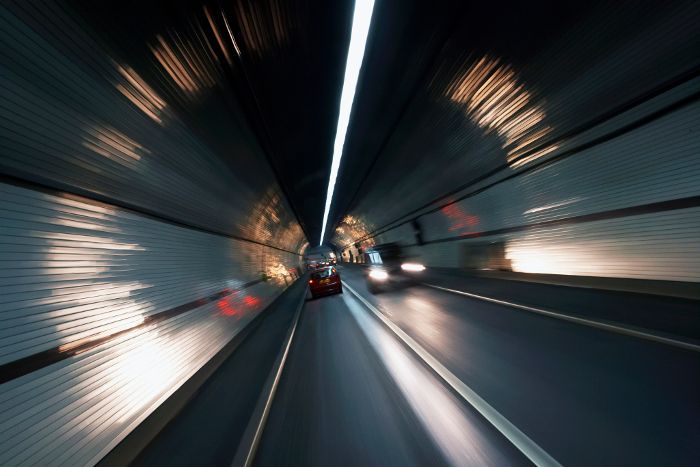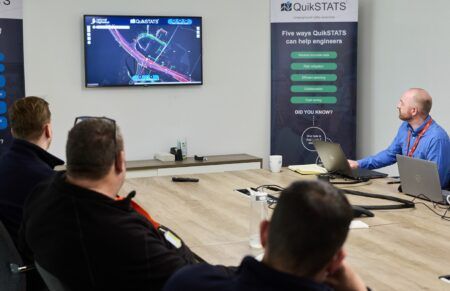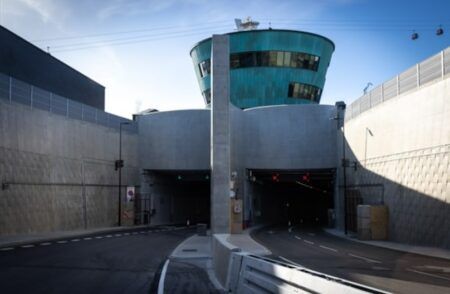Transport for London (TfL) is deploying new cameras in the Rotherhithe Tunnel to increase safety and deter over-sized vehicles that do not meet new safety restrictions from using the route.
Built in 1908, the tunnel under the River Thames in East London was not designed to cope with modern levels of traffic. The 4,862ft (1,482m) long single-bore tunnel on the A101 carries one lane of traffic in each direction, linking Limehouse in the north with Rotherhithe on the south side of the river. Safety is TfL’s top priority and in September 2018 it carried out detailed analysis of the tunnel’s ventilation system, which would be used to extract smoke and other dangerous fumes in the event of a fire. This showed that new restrictions were vital to ensure road users could continue to use the tunnel safely, while TfL works on plans for the tunnel’s future.
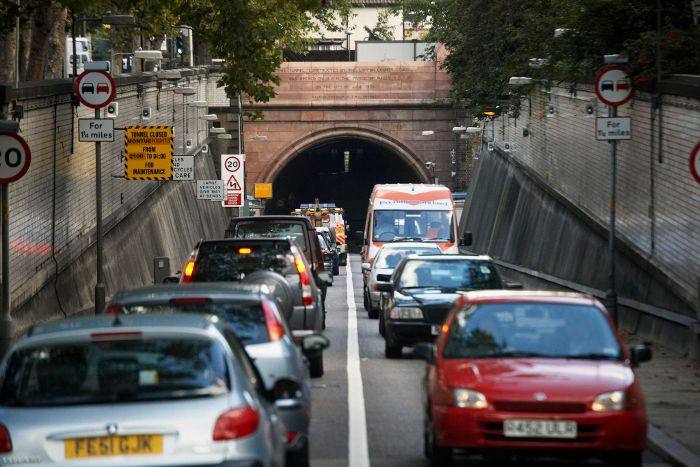
Under the new restrictions, vehicles that are more than 6ft 6in (2m) wide or high, or goods vehicles weighing more than 2 metric tons, are not safe to travel through the tunnel, with drivers putting themselves and others at risk. From early February, enforcement will be carried out by the new cameras 24/7 and people driving vehicles through the tunnel that do not comply with the restrictions could be fined up to £130 (US$167). Enforcement officers have been present at both approaches to the tunnel since the new restrictions were introduced to assist drivers and prevent vehicles entering the tunnel that do not comply. Officers have turned away an average of 600 vehicles per day since September, when the new restrictions were imposed. Drivers whose vehicles do not meet the restrictions are advised to use nearby Tower Bridge or the Blackwall Tunnel to cross the Thames. The congestion charge does not apply to either crossing.
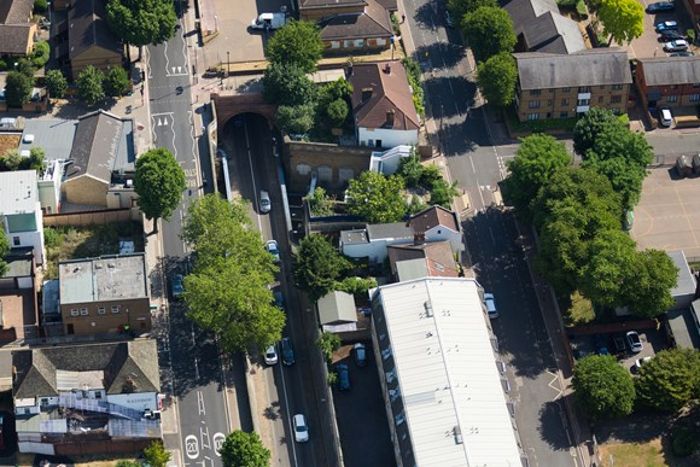
TfL will issue warning letters rather than fines to drivers for the first two weeks after the cameras are introduced. Reducing danger on London’s roads is key to the Mayor’s Vision Zero goal of eliminating death and serious injury from the UK capital’s transportation network. The bold approach will also include the introduction of lower speed limits on the road network, the transformation of dangerous junctions, tough safety standards for the design of trucks, and a comprehensive bus safety program, which includes speed-limiting technology and a new innovative training course for all drivers.
“Safety is our top priority and these restrictions are absolutely essential to ensure that people can continue to use the tunnel safely. People driving vehicles through the tunnel that do not meet the restrictions are putting both themselves and others at risk,” explained Glynn Barton, TfL’s director of network management. “I would encourage all users of the tunnel to check that their vehicle is below 2m (6.5ft) in height and width, and that goods vehicles are less than 2 metric tons in weight, so that they are compliant when the new cameras are switched on.”


